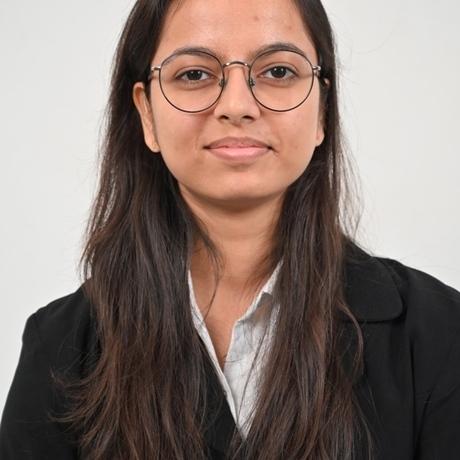
- Projects 4
- Followers 0
Prayushi Mathur
Kota, Rajasthan
This is an Adaptive Multi Column Stacked Sparse Denoising Autoencoder technique to denoise images. In this project, we are trying to improve the result of denoised images using other deep learning techniques like GAN and modified autoencoder. ...learn more
Project status: Under Development
Intel Technologies
DevCloud
This project is regarding to denoising of images. Firstly, we implemented AMC-SSDA techniques and then tried to implement other techniques of deep learning like GAN and other modified autoencoder to improve the prior denoised results. Nowadays, denoising an image is an important task before applying any type of AI based approach and most of the images become noisy at the time of capturing. So, this technique helps to obtain better accuracy on other AI based tasks like object detection by extracting better and more features from the image.
First we will discuss the methodology of AMC-SSDA. In this technique first we have trained individual SSDA for each noise then combine those result who were generated from those individual SSDA with the help of quadratic programming at training time. Here help of quadratic programming means give weight-age to each output according to the target but at the testing time we do not have any target set so that we trained one RBF kernel in which feature vector of each SSDA are input to that RBF and weight-age of those SSDA are output of that RBF so at a testing time it will follow the mentioned chronology. At testing time first test image will pass through each SSDA and store those SSDA's result as well as feature vectors and then those feature vectors go to the RBF and it will predict weights according to their vectors. And at finally they will make a weighted sum of those outputs of each SSDA to make a final result. This techniques is presented in the earlier paper in addition to that we change that techniques. We have trained only encoder part of autoencoder and so the same thing with QP(Quadratic programming) and RBF with those encoder results only and the we applies GAN rather than decoder to generate the final result.
Methodology of AMC-SSDA:
In this technique, firstly we have trained individual SSDA for each noise and then combined those results. After that, results from each SSDA was combined with the help of quadratic programming during training.The role of quadratic programming was to give weightage to each output according to the target. On the other hand, we do not have any target during the testing time. Therefore, RBF kernel was trained in which feature vector of each SSDA is taken as input and the weights generated by SSDA's are targets. As a result, during the testing time it will follow the mentioned chronology where test image will pass through each SSDA and store those SSDA's result along with feature vectors. After that, those feature vectors will be input of the RBF and will output the predicted weights according to their vectors. Finally, weighted sum of the outputs of each SSDA will be the final result. A modified AMC-SSDA technique is proposed in this project. We have trained only the encoder part of autoencoder and applied QP(Quadratic programming) on those encoder results to generate a final encoder vector. Further, passed it to GAN to generate a final denoised image.
https://github.com/Vraj531/AMC-SSDA